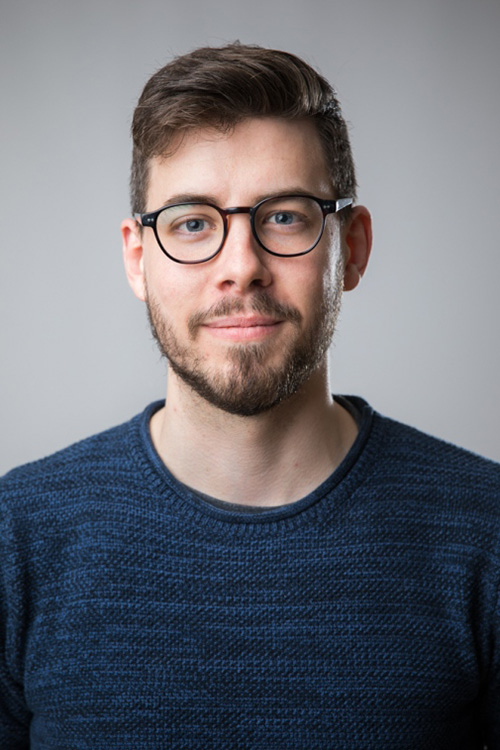
Fredrik Hurtig
Postdoc
Humans have always sought to explain their origin. The advent of science and biology did little to change this, even if it refocused our efforts to more earthly explanations. The origin of the eukaryotic cell remains largely unexplained, but the discovery of Archaea and the subsequent discovery of the archaeal Asgard group has created an opportunity to address this question from a novel direction. Current thinking proposes that the eukaryotic ancestor was created after a symbiotic event between an alphaproteobacteria and an archaeon. By studying the molecular machineries present in current-day relatives of that proto-eukaryote we can gain a deeper understanding of the complexity that was present prior to eukaryogenesis.
I am a molecular biologist with an interest in the archaeal aspect of eukaryogenesis. My work primarily focuses on the regulation of the cell division and cell cycle in Sulfolobus acidocaldarius, one of the closest experimentally tractable living relatives of eukaryotes.